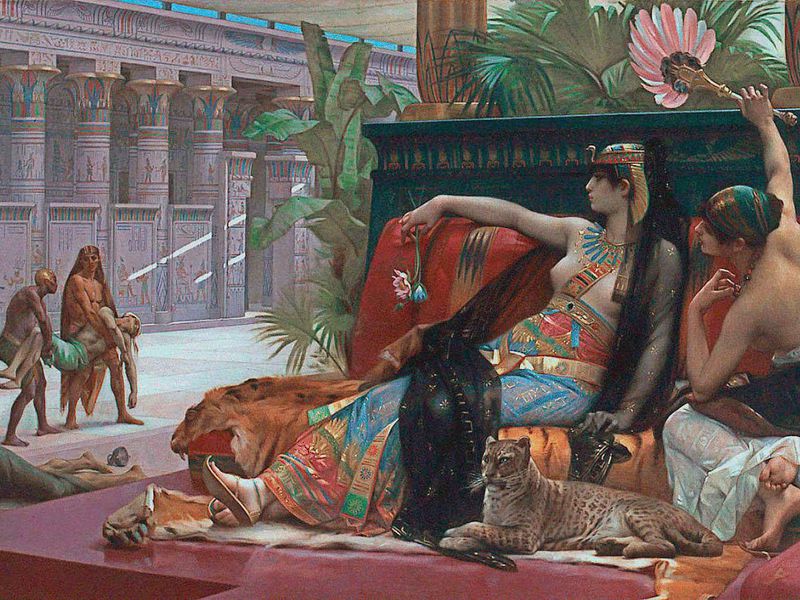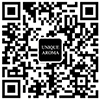CLEOPATRA MAY HAVE ONCE SMELLED LIKE THIS RECREATED PERFUME
UNIQUE AROMA 2019-10-01
Cleopatra VII, the last ruler of Egypt before the Romans took power, has been described as both beautiful and not so beautiful in ancient histories. The coins and busts produced of her seem to be a mixed bag as well. But while we may never really know what she looked like, archaeologists may have figured out what she smelled like. That’s right—a team of experts recently re-created ancient Egypt’s most sought after perfumes, which may have been worn by the tragic monarch.

The idea of recreating Eau de Ancient Egypt was dreamed up by Robert Littman and Jay Silverstein of the University of Hawaiʻi at Mānoa. For years, the archaeologists headed digs at a site called Tell-El Timai, which in ancient times was known as the city of Thmuis. It was also home to two of the most well-known perfumes in the ancient world, Mendesian and Metopian. “This was the Chanel No. 5 of ancient Egypt,” Littman puts it in an interview with Sabrina Imbler at Atlas Obscura.
Back in 2012, the archaeologists uncovered what was believed to be the home of a perfume merchant, which included an area for manufacturing some sort of liquid as well as amphora and glass bottles with residue in them.
While the bottles did not smell, chemical analysis of the sludge did reveal some of the ingredients. The researchers took their findings to two experts on Egyptian perfume, Dora Goldsmith and Sean Coughlin, who helped to recreate the scents following formulas found in ancient Greek texts.
The basis of both of the recreated scents is myrrh, a resin extracted from a thorny tree native to the Horn of Africa and Arabian Peninsula. Ingredients including cardamom, olive oil and cinnamon were added to produce the ancient perfumes, which were, in general, much thicker and stickier than the stuff we spritz on today. In turn, the perfumes produced strong, spicy, faintly musky scents that tended to linger longer than modern fragrances.
“What a thrill it is to smell a perfume that no one has smelled for 2,000 years and one which Cleopatra might have worn,” Littman says in a university press release.
Perfumer Mandy Aftel, who in 2005 helped reproduce a perfume used to scent a child mummy based on scrapings from a death mask, says it's up in the air whether Cleopatra really would have worn the same scent. It’s believed she had her own perfume factory and created signature scents instead of wearing what would be the relative equivalent of putting on a store-bought brand. In fact, there’s even a legend floating around claiming that she doused the sails of her royal ship in so much scent that Marc Antony could smell her coming all the way on shore when she visited him at Tarsus.
Even if Cleopatra didn’t wear the stuff, it’s likely the elite in the ancient world did wear something that smells similar to the recreated perfumes. Currently, we mere peasants can get a whiff of the ancient scents at the National Geographic Society’s “Queens of Egypt” exhibit, running through mid-September.
